

Max Davies
How Audi, BMW, Honda, Mercedes-Benz, and Suzuki started out in Australia, and where they are now
1 Hour Ago
It’s no secret that used car prices are through the roof right now, but what are some of the key reasons?

News Editor


News Editor
As new car supply is strangled and demand remains unabated, there’s been a knock-on effect for used car prices.
Semiconductor shortages have throttled new car production, blowing out waiting times and forcing buyers eager to replace their current vehicles to look to lightly-used examples, which have consequently been marked up by sellers.
The demand for new and used vehicles has also been exacerbated by the closure of our international borders, with Australians instead looking at intrastate travel for holidays – something that typically involves one’s own car.
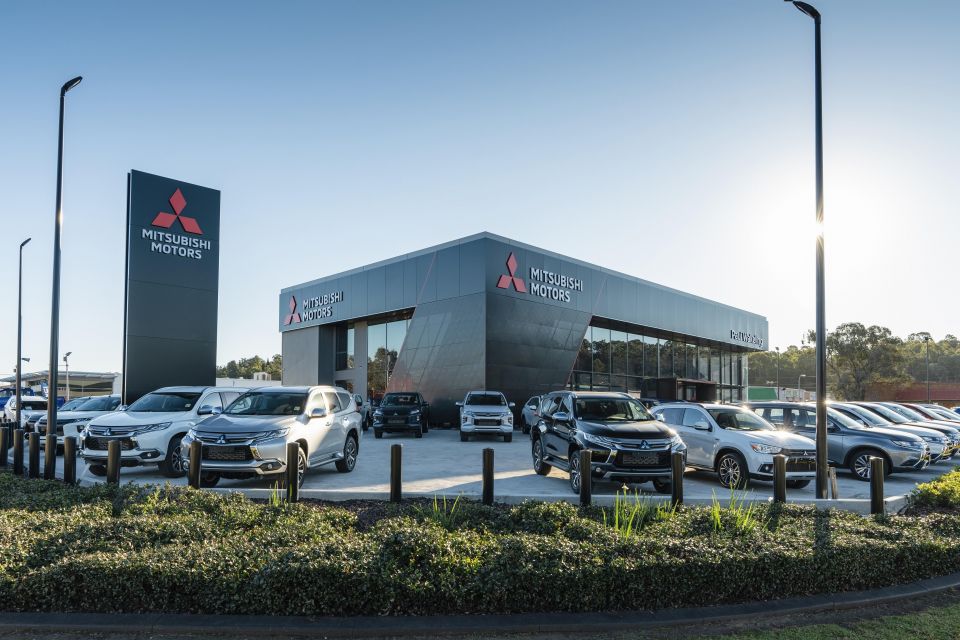
The car market has also been aided by strong labour force participation, with the number of people employed across Australia returning to pre-pandemic levels. That means there are people with money but nowhere to go.
Throw in people’s COVID-19-fuelled aversion to public transport and the general Australian desire for new vehicles, and you’ve got a perfect storm for unwieldy used car prices.
The Herald Sun reports many second-hand vehicles are now worth $10,000 or more when compared to their new equivalents, giving buyers a choice between spending more on a used vehicle and taking delivery now or ordering a new vehicle and waiting months and months.
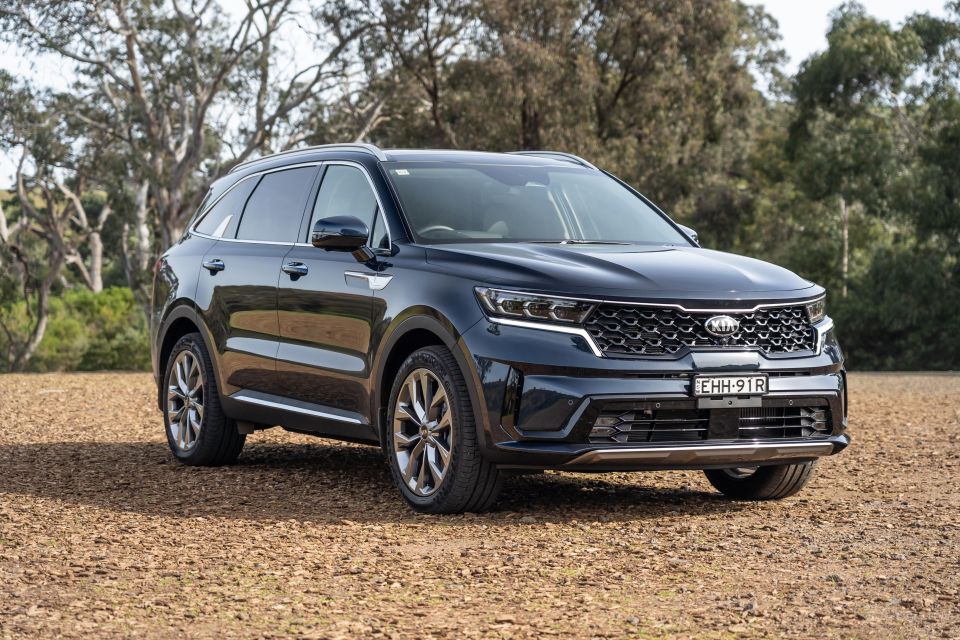
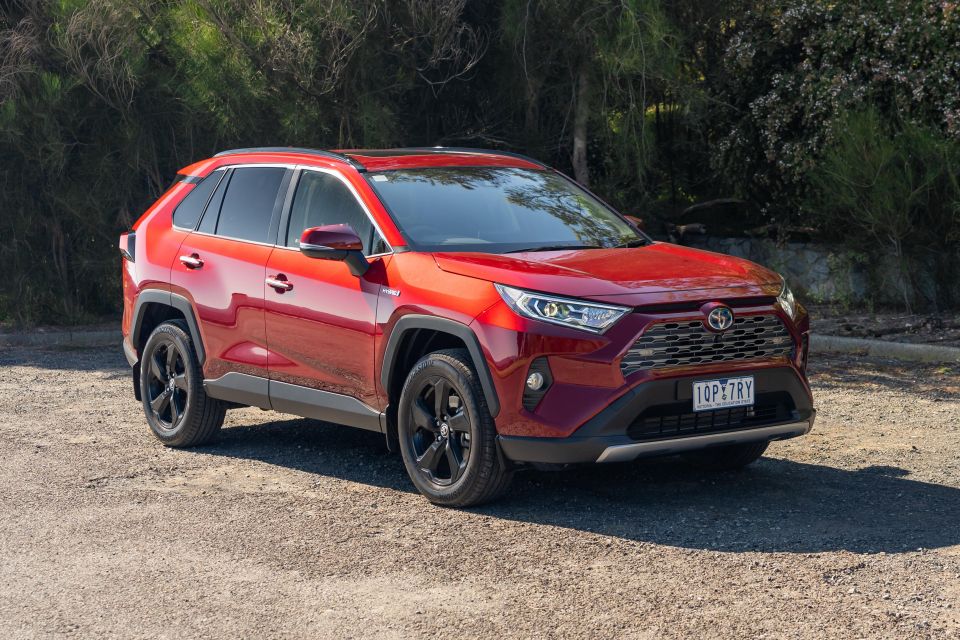
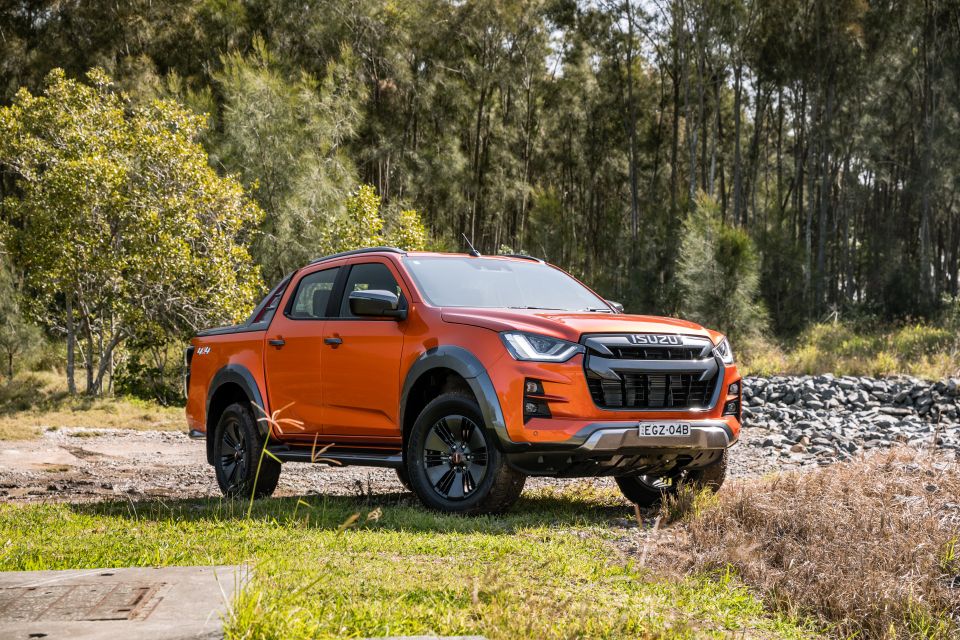
Some highly sought-after vehicles like the Isuzu D-Max X-Terrain, Kia Sorento GT-Line and Toyota RAV4 hybrid have had waiting lists of anywhere between 6-12 months. That’s led some owners of these vehicles to list them online and sell them used for a profit.
Another example is the 200 Series Toyota LandCruiser, low-mileage versions of which have been subject to well-publicised price hikes on account of huge demand and tight supply.
A quick look at the classifieds reveals some 200 Series LandCruiser Saharas are listed for $180,000-plus (dealer and private), more than 30 per cent above the maximum recommended drive-away price of about $136,000 on Toyota’s website.
On another side of the coin, there are also huge price markups on rare vehicles.
The BMW M5 CS was sold for $305,900 drive-away but some owners are advertising their cars for as much as $800,000, while the Mercedes-AMG GT Black Series has soared from $796,900 new to as much as $1.5 million used.
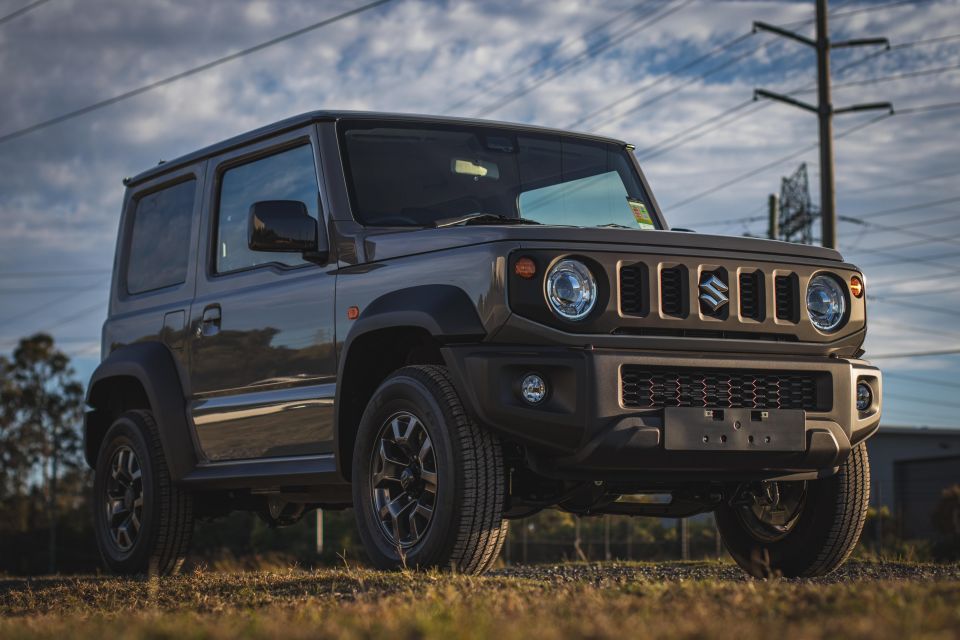
Other examples include the Subaru WRX STI EJ25 Final Edition, which can be found for $120,000 or more – around double its advertised price new.
Yet rarely is this more apparent than with the humble Suzuki Jimny, of which second-hand examples can be found advertised for almost $50,000 despite a base price of $26,990 before on-road costs.
“It’s crazy. You can’t just get a new car – you have to order it from the factory,” Redbook.com.au general manager Ross Booth told The Herald Sun.
“It’s going to be fairly dramatic when the market corrects itself. The only question is when that will happen.”
Moody’s Analytics reported used vehicle prices continued to rise every month during the second quarter of 2021, even if growth rates slowed somewhat.
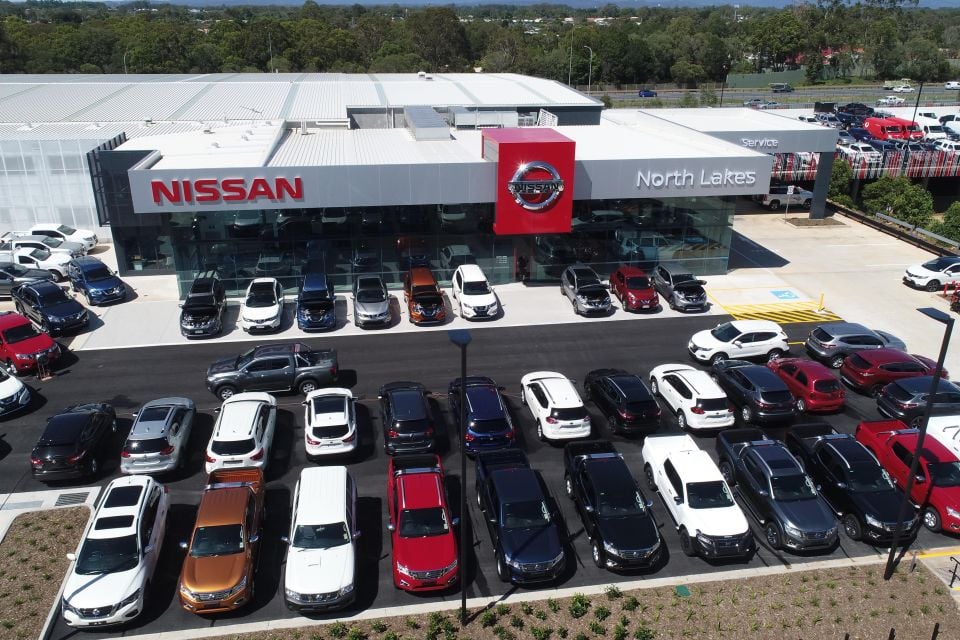
It found a used vehicle had become 34 per cent more expensive in July 2021 compared to July 2020, and 10 per cent more expensive when compared with the beginning of 2021.
“It took a confluence of unpredictable circumstances—a highly transmissible virus, a surge in demand for consumer electronics, a fire at a major auto chip producer, and a rapid recovery in worldwide new-vehicle sales—to flip the market on its head,” said Moody’s Analytics senior economist Michael Brisson.
“It will not take that much for the market to return to normal.”
The market correction mightn’t be for a while, given the ongoing impact of semiconductor shortages which has led automakers to cut production of its vehicles and, in some cases, remove features.
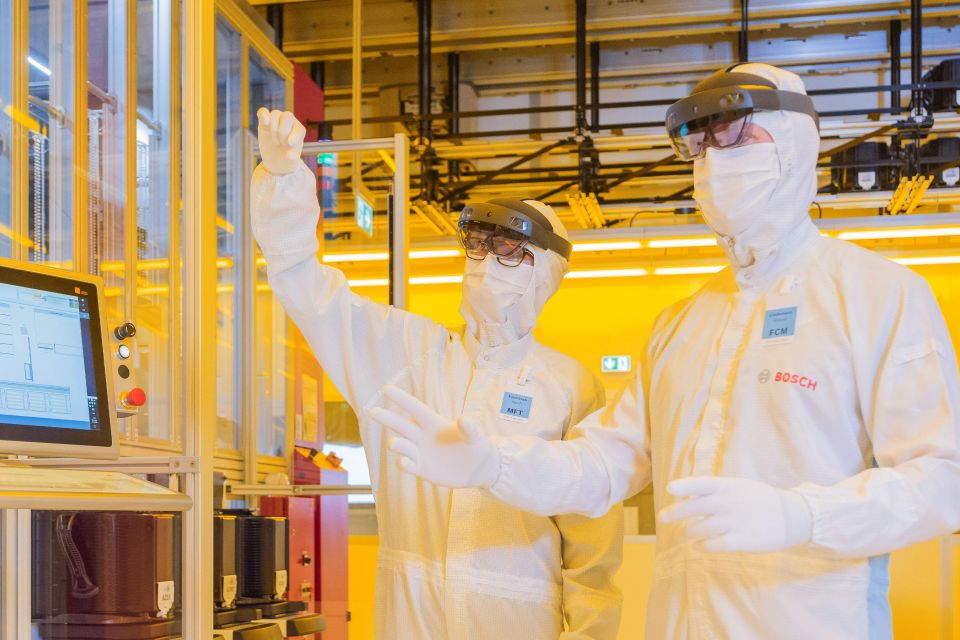
According to new data supplied by AlixPartners, the total hit to revenue across the world’s automakers attributable to a lack of chips just for 2021 is around $210 billion US (about $290b AUD).
The firm also predicted 2021’s total new-vehicle output would decline by around 7.7 million vehicles, double the previous estimate. This is because car makers of all stripes are slowing or shuttering production.
Automotive research firm IHS Markit slashed its global light vehicle production forecast by 5.02 million units for 2021, 8.45 million units in 2022, and by 1.05 million units in 2023.
William Stopford is an automotive journalist with a passion for mainstream cars, automotive history and overseas auto markets.


Max Davies
1 Hour Ago


William Stopford
1 Hour Ago


Derek Fung
2 Hours Ago


Max Davies
9 Hours Ago


William Stopford
1 Day Ago


Ben Zachariah
1 Day Ago